Cockapoo Crate Training: A Comprehensive Guide
Crate training your Cockapoo is an important part of ensuring their comfort, safety, and well-being. This process helps your furry friend adapt to their new environment and develop a positive association with their crate. By understanding the breed’s characteristics, selecting the right crate, and using appropriate training techniques, you can make crate training a successful and enjoyable experience for both you and your Cockapoo.
Understanding Cockapoo Breed Characteristics
Before beginning to crate train your Cockapoo, it’s important to understand the breed’s characteristics, temperament, and traits. This will help you gain insight into how your dog may react to crate training and allow you to implement effective techniques to make the process as smooth as possible. A Cockapoo is a crossbreed of a Cocker Spaniel and a Poodle, combining the best characteristics of both breeds. Cockapoos are known for their friendly nature, intelligence, and eagerness to please their owners. These traits make them great companions and suitable for first-time dog owners.1. Friendly and sociable: The Cockapoo breed is well known for its friendly and sociable nature. They enjoy being around people and other pets, making them great additions to any family. Keep in mind that your Cockapoo may initially find the crate to be an isolating experience. It’s essential to associate the crate with positive experiences to help your dog feel comfortable using it.2. Intelligent: Cockapoos inherit the intelligence of both their parent breeds, making them quick learners. This means that, with the right guidance and reinforcement, your Cockapoo will learn to adapt to crate training fairly easily. Establishing a consistent routine and using positive reinforcement will help your dog feel confident in their new environment.3. Adaptable: This breed is generally adaptable to new situations and environments, making them suitable for crate training. However, crate training should never be used as a means to confine your dog for long periods. Be mindful of your Cockapoo’s adaptability, and ensure that they are getting plenty of social interaction and mental stimulation outside the crate.4. Energetic: Cockapoos are an active breed that requires regular exercise and stimulation. Before introducing your dog to the crate, provide them with opportunities to burn off some energy, as a well-exercised dog will be more receptive to crate training. Ensure that your dog continues to receive daily exercise even after crate training is established.Start by selecting the right crate size: The crate should be large enough for your dog to stand, turn around, and lie down comfortably. If you have a puppy, choose a crate that will accommodate their adult size, with a divider to adjust the space while they grow.Make the crate comfortable: Place a soft bed, blanket, and a few toys in the crate to create a cozy and inviting space. These items will help your dog associate the crate with comfort and safety.Establish a routine: Dogs thrive on consistency. Develop a regular routine for using the crate, such as during mealtimes, while you’re at work, or when it’s time to sleep. By sticking to this schedule, your dog will learn when to expect crate time and be less likely to feel anxious.Use positive reinforcement: Reward your dog with praise or treats when they enter the crate willingly. This will help them associate the crate with positive experiences and encourage them to be more accepting of the training process.Gradually increase crate time: Start with short periods in the crate (around 15-30 minutes) and slowly increase the time as your dog becomes more comfortable. Be sure to balance crate time with plenty of exercise and social interactions outside the crate.By understanding the Cockapoo breed characteristics, temperament, and traits, you can tailor your crate training approach to best suit your dog’s needs. Patience and consistency are essential, and with the right techniques, your Cockapoo will adapt to crate training and see it as a safe and comfortable space.
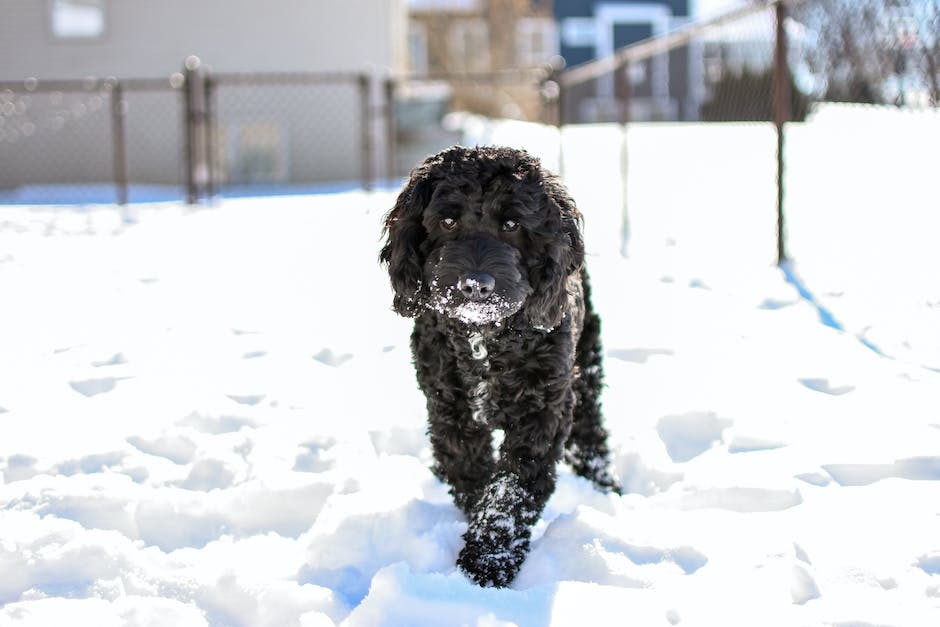
Selecting the Right Crate
Understand the Purpose of a Crate
Before selecting a crate for your Cockapoo, it’s crucial to understand the purpose of a crate:
- A safe and quiet place for your dog to rest and sleep
- A helpful tool for housebreaking and preventing destructive behavior
- A secure space to keep your dog during travel or when you need them to be contained
Research Different Types of Crates
As you begin your research, you’ll find that there are several different types of crates on the market. The most common types include:
- Wire Crates: These crates offer great ventilation, visibility, and are easy to clean. Some wire crates are collapsible, making them portable and easy to store.
- Plastic Crates: These crates are lightweight, durable, and easy to clean. They offer a more enclosed and secure space for your dog, which can lead to greater comfort.
- Soft-Sided Crates: Made from fabric materials, these crates are lightweight and portable. However, they’re not recommended for puppies or dogs who like to chew as they can easily be damaged.
- Heavy-Duty Crates: Ideal for strong or aggressive dogs, these crates are made from heavy-duty materials that offer extra strength and durability.
Determine the Right Size Crate for Your Cockapoo
Selecting the right size crate is essential for the comfort and safety of your Cockapoo. A suitable crate will allow your dog to stand up, turn around, and lie down comfortably. Here’s a general guideline for choosing the right size:
- Measure your Cockapoo’s height (from the top of their head to the floor) and length (from the tip of their nose to the base of their tail).
- Add 2-4 inches to the measurements to determine the minimum crate size.
- Keep in mind that Cockapoos can vary significantly in size, so what may work for one Cockapoo may not work for another. Be sure to choose a crate that accommodates your dog’s specific dimensions.
Consider Additional Factors in Your Decision
When choosing a crate, consider additional factors, such as:
- Portability: If you plan on traveling with your Cockapoo or need to move the crate frequently, opt for a collapsible or lightweight crate.
- Accessibility: Make sure the crate has a secure and easy-to-use door.
- Adjustability: Some crates have dividers that allow adjusting the size of the crate as your dog grows.
- Bedding: Consider adding a comfortable and easily washable pad, blanket, or cushion to the crate for added comfort.
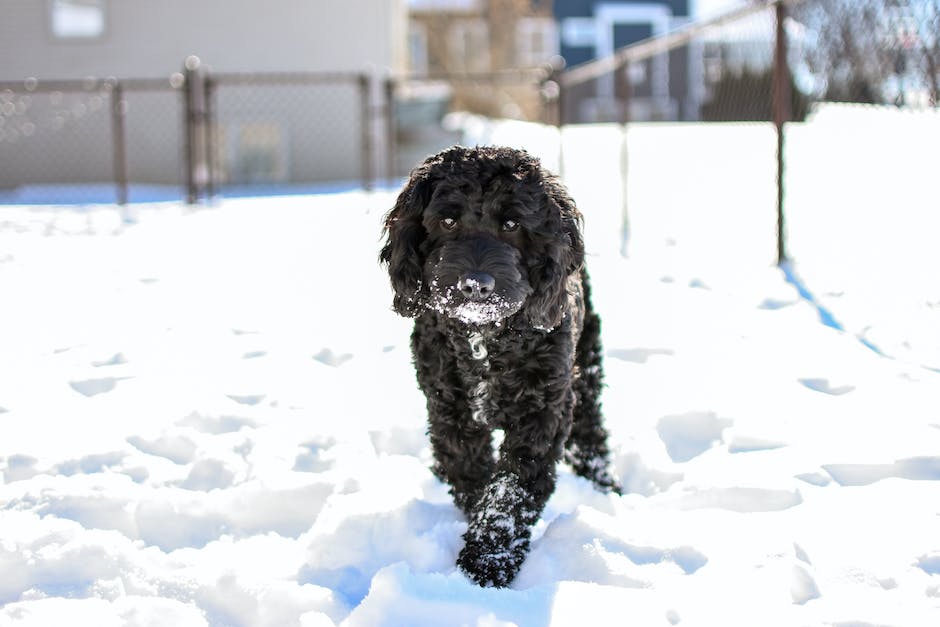
Introducing Your Cockapoo to the Crate
Cockapoo crate training is an essential part of raising a happy and well-adjusted dog. Crate training provides your Cockapoo with a safe space to call their own, and can help with housebreaking and preventing destructive behaviors when you are not home. In this guide, we will discuss techniques to familiarize your Cockapoo with the crate, ensuring a positive experience from the start.Materials Needed:- A crate that is large enough for your Cockapoo to comfortably stand, lie down, and turn around in.- A crate pad or soft blankets for bedding.- Treats, toys, and chew items.- A water dish that can attach to the crate.Step 1: Introduce the Crate Place the crate in a central location in your home where your Cockapoo will be able to see it and interact with it frequently. Make sure the crate door is securely open so it won’t accidentally close on your dog. Encourage your dog to explore the crate by placing treats and toys inside. Be patient during this stage and allow your dog to explore the crate at their own pace.Step 2: Create a Comfortable EnvironmentMake your Cockapoo’s crate comfortable by adding a crate pad or soft blankets for them to lay on. It’s crucial to create a welcoming environment in the crate so that your dog associates it with a positive and cozy place to be.Step 3: Encourage Crate ExplorationThroughout the day, encourage your Cockapoo to continue exploring the crate by placing treats and toys inside. Use positive reinforcement and praise when your dog enters the crate, even if only for a brief moment. Step 4: Begin Feeding Meals in the CrateTo help create a positive association with the crate, begin feeding your Cockapoo their meals inside the crate. Place the food dish at the back of the crate, allowing them to walk inside completely before eating. Gradually, your dog will become more comfortable spending time in the crate while eating.Step 5: Introduce Short, Supervised Crate SessionsOnce your dog is comfortably eating in the crate, introduce short, supervised crate sessions. Ask your dog to enter the crate using a cue, such as “crate” or “bed.” Once inside, close the door and sit with them for a few minutes, providing praise and occasional treats. Gradually increase the duration of these sessions as your dog becomes more comfortable.Step 6: Leave Your Cockapoo Alone in the CrateAs your dog becomes more comfortable with the crate, begin leaving the room for short periods while they are inside. Always return to praise and reward your dog for staying calmly in the crate. Slowly increase the time you leave your dog alone in the crate, always ensuring they have access to water and are not exhibiting signs of distress.Step 7: Establish a Crate RoutineOnce your Cockapoo is acclimated to the crate, establish a routine for crate use. This may include crating them when you leave for work or at bedtime. Make sure that your dog receives ample exercise and social interaction outside of the crate each day to prevent boredom and maintain a positive crate experience.By following these steps and tailoring your approach to your Cockapoo’s individual needs, you’ll be well on your way to successful crate training. Always remember to practice patience and consistency, and soon your dog will view their crate as a safe, comforting space.
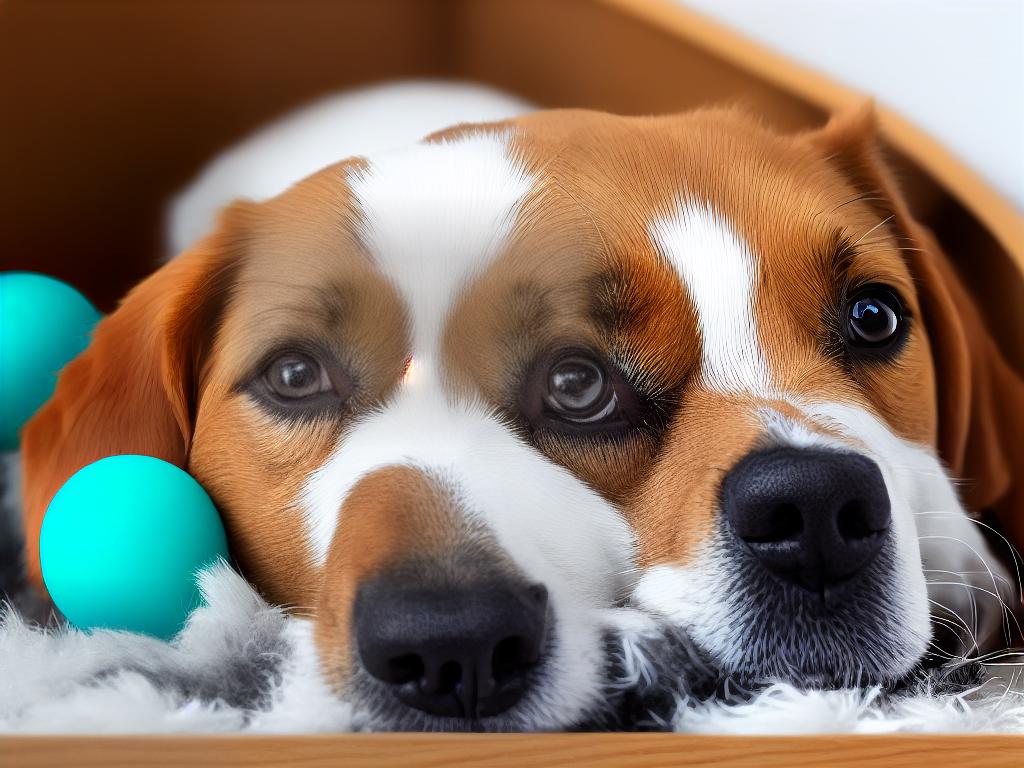
Crate Training Schedule
To successfully crate train your Cockapoo, it’s essential to establish a consistent schedule. A well-structured routine will help your Cockapoo become more comfortable with the crate and understand when they should be inside it. Follow these steps to create a successful crate training schedule for your furry friend.1. Choose the right crateBefore starting the crate training process, make sure you have the right crate for your Cockapoo. It should be large enough for them to stand up, turn around, and lie down comfortably but not too big that they’ll have extra space to go potty. Make the crate comfortable with a soft bed or blanket and some safe chew toys.2. Create a scheduleDevelop a daily schedule for your Cockapoo that includes specific times for crate usage, mealtimes, playtime, and bedtime. Your schedule might look something like this:- 7:00 AM: Wake up and take your Cockapoo outside for a potty break. Praise and reward them with a treat when they do their business outside.- 7:15 AM: Breakfast time. Feed your Cockapoo near their crate.- 7:30 AM: 15 minutes of supervised playtime.- 7:45 AM: Crate time. Encourage your Cockapoo to go in their crate using a verbal command like “crate” or “inside,” coupled with a treat.- 10:00 AM: Mid-morning potty break and short walk.- 10:15 AM: Crate time.- 12:00 PM: Lunchtime. Feed your Cockapoo near their crate.- 12:15 PM: 15 minutes of supervised playtime.- 12:30 PM: Crate time.- 3:00 PM: Afternoon potty break and short walk.- 3:15 PM: Crate time.- 5:00 PM: Dinner time. Feed your Cockapoo near their crate.- 5:15 PM: 15 minutes of supervised playtime.- 5:30 PM: Crate time.- 8:00 PM: Evening potty break and short walk.- 8:15 PM: 15 minutes of supervised playtime.- 8:30 PM: Bedtime. Encourage your Cockapoo to go in their crate for the night.Of course, this schedule is just an example, and you can adjust it to fit your needs and your Cockapoo’s age, energy level, and other factors.3. Be consistentConsistency is crucial for successful crate training. Stick to the schedule you created, and soon, your Cockapoo will begin to understand when and for how long they should be in the crate.4. Gradually increase crate timeStart with short crate sessions and gradually increase the length of time your Cockapoo spends in the crate. Remember to always associate the crate with positive experiences, such as praise, treats, and toys.5. Use the crate for naps and short absencesAs your Cockapoo becomes more comfortable with the crate, use it for naps and when you need to leave the house for short periods. This will reinforce the idea that the crate is a safe, relaxing space.6. Keep an eye on your Cockapoo’s progressPay attention to how your Cockapoo responds to the crate and the schedule you’ve established. If they are showing signs of anxiety or stress, take a step back and try to figure out what might be causing the issue. Adjust the schedule as needed to ensure that your Cockapoo is comfortable and happy.By following these steps and maintaining a consistent crate training schedule, your Cockapoo will soon become comfortable with their crate, and you’ll both benefit from this essential training tool. Happy crate training!

Positive Reinforcement
Crate training your Cockapoo can be an effective way of creating a safe and comfortable space for your dog, while also helping with housebreaking and other behavioral issues. This guide will provide you with instructions on how to utilize positive reinforcement during crate training for a successful and enjoyable experience.1. Choose the right crate: It’s essential to select a crate that is big enough for your Cockapoo to stand, turn around, and lie down comfortably. A crate that is too small or too big could lead to discomfort and other undesired habits.2. Set up the crate: Place a soft blanket or comfortable bed in the crate to make it cozy and inviting. You can also include a chew toy to keep your dog entertained and offer some mental stimulation.3. Introduce the crate: Allow your Cockapoo to explore the crate on their own terms without any pressure. You can encourage exploration by placing a few treats around the crate, gradually leading up to the entrance and eventually placing some inside the crate.4. Use verbal praise: As your Cockapoo approaches and enters the crate, use verbal praise such as “good job” or “well done” to positively reinforce their actions. This will help your dog associate the crate with positive experiences.5. Start with short intervals: Begin crate training by closing the door for a few seconds while your dog is inside the crate. Gradually increase the time your dog spends in the crate, always providing verbal praise and treats when they behave calmly.6. Mealtime in the crate: To help your Cockapoo associate the crate with positive experiences, consider feeding them their meals inside the crate. This will help reinforce the idea that the crate is a safe and enjoyable place.7. Gradually increase crate time: As your dog becomes comfortable with spending time in the crate, slowly increase the duration of their crate sessions. Remember to always praise and reward them when they enter and exit the crate calmly.8. Introduce cue words: Pick cue words such as “crate” or “bedtime” to signal to your dog that it is time for them to go to their crate. Consistently use this cue and reward them when they respond appropriately.9. Avoid punishing or forcing your dog into the crate: If your Cockapoo does not want to enter the crate, do not force them or use it as a punishment. This could lead to negative associations with the crate and hinder your training progress.10. Be patient and consistent: Crate training can take time, and it’s essential to be patient and consistent with your approach. Always use praise, treats, and positive reinforcement to encourage your dog’s progress and keep them comfortable in the crate.By following these instructions and utilizing positive reinforcement, you can effectively and enjoyably crate train your Cockapoo. Remember that patience and consistency are key, and soon your dog will view their crate as a safe and cozy space.
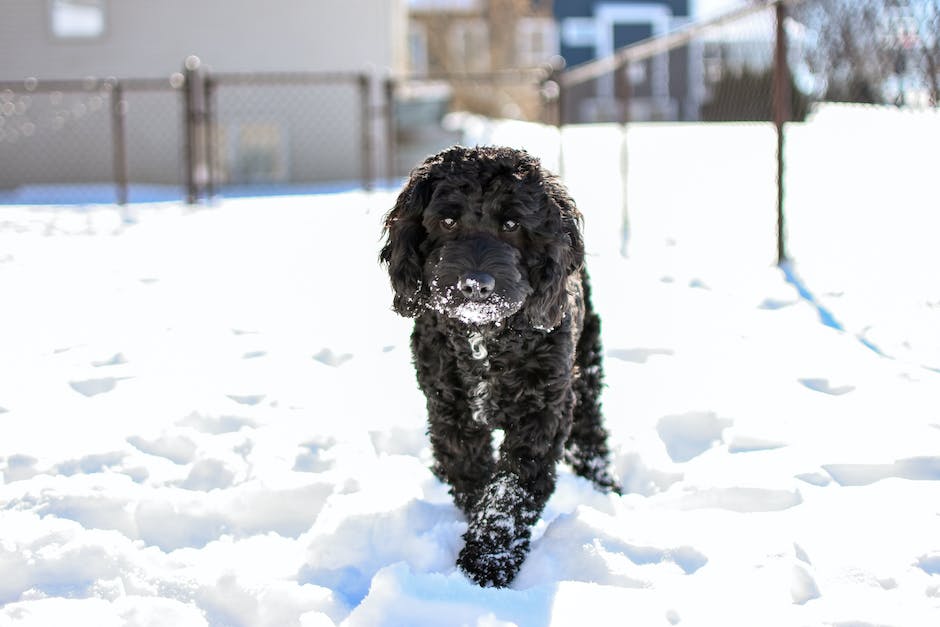
Managing Separation Anxiety
Understanding Separation Anxiety in Cockapoos
Separation anxiety occurs when a dog becomes stressed, anxious, or fearful when they are separated from their owner or left alone. Cockapoos, being affectionate and social by nature, are prone to this condition. It is essential to address this issue to ensure your dog’s mental and emotional well-being.
Recognizing the Signs of Separation Anxiety
The symptoms of separation anxiety vary from one dog to another. Common signs include:
- Excessive barking or whining
- Pacing or restlessness when you leave
- Destructive behaviors, such as chewing on furniture or belongings
- Accidents in the house, even if they are potty trained
- Attempts to escape the crate or confinement area
- Depression or lack of appetite when alone
Preparing for Crate Training
Before beginning crate training, it’s crucial to make the crate a positive and comfortable space for your Cockapoo. Here are some tips to help:
- Choose an appropriate crate size: Ensure that the crate is big enough for your dog to stand up, turn around, and lie down comfortably.
- Make the crate comfortable: Provide soft bedding, a blanket, or a crate pad for your dog to rest on.
- Add toys and treats: Place some of your dog’s favorite toys and treats in the crate to create a positive association with the space.
Addressing Separation Anxiety During Crate Training
To ensure your dog’s well-being, use the following strategies during crate training:
- Gradual exposure: Start by leaving your dog alone for short periods, gradually increasing the duration of separation. This allows your Cockapoo to adjust to being alone and reduces the stress associated with separation.
- Calming aids: Consider using calming aids, such as pheromone diffusers or calming treats, to help reduce your dog’s anxiety.
- Create a routine: Establish a consistent schedule for your dog’s daily activities, including feeding, walking, playtime, and crate time. This helps them know what to expect and feel more secure.
- Exercise and mental stimulation: Ensure your dog gets enough physical exercise and mental stimulation before leaving them alone. This will help reduce their anxiety and keep them occupied.
- Desensitize departure cues: Practice putting on your shoes, grabbing your keys, or other departure routines without actually leaving to desensitize your dog to these cues.
Addressing Persistent Separation Anxiety
If your Cockapoo continues to struggle with separation anxiety despite following the above tips, consider seeking guidance from a professional dog trainer or veterinarian. In some cases, medication may be necessary to help manage your dog’s anxiety.
Conclusion
Crate training is an excellent way to ensure your dog’s safety and create a designated space for them to feel secure. However, Cockapoos can experience separation anxiety, making crate training stressful for both you and your pet. By understanding and managing separation anxiety, you can successfully crate train your Cockapoo and ensure their emotional well-being.

Troubleshooting Crate Training Issues
Crate Training Issues and How to Troubleshoot Them
Crate training helps dogs feel safe and secure, but it can be challenging if issues arise. Here are some common crate training issues and how to address them.
Your Dog is Whining in the Crate
Whining can be a sign of stress or boredom. To help your dog feel more comfortable, place the crate in a room where you spend most of your time. Do not let your dog out when they are still whining. Provide mental and physical stimulation throughout the day.
Your Dog is Eliminating in the Crate
Make sure the crate is just big enough for your dog to stand up and turn around. Take your dog out regularly to the bathroom and consult your vet if accidents continue to happen.
Your Dog is Reluctant to Enter the Crate
Create a positive environment inside the crate by placing treats, toys, and comfortable bedding. Reward your dog every time they enter the crate or are near it. Feed them meals inside the crate.
Your Dog is Displaying Destructive Behavior or Trying to Escape the Crate
Make sure your dog has enough physical and mental stimulation throughout the day. Keep the crate in an area where they can see and hear the family. Consult a vet or animal behaviorist if anxiety persists.
Your Dog’s Crate Training Progress is Slow
Patience and consistency are crucial. Use positive reinforcement and consult a vet or training professional if necessary.
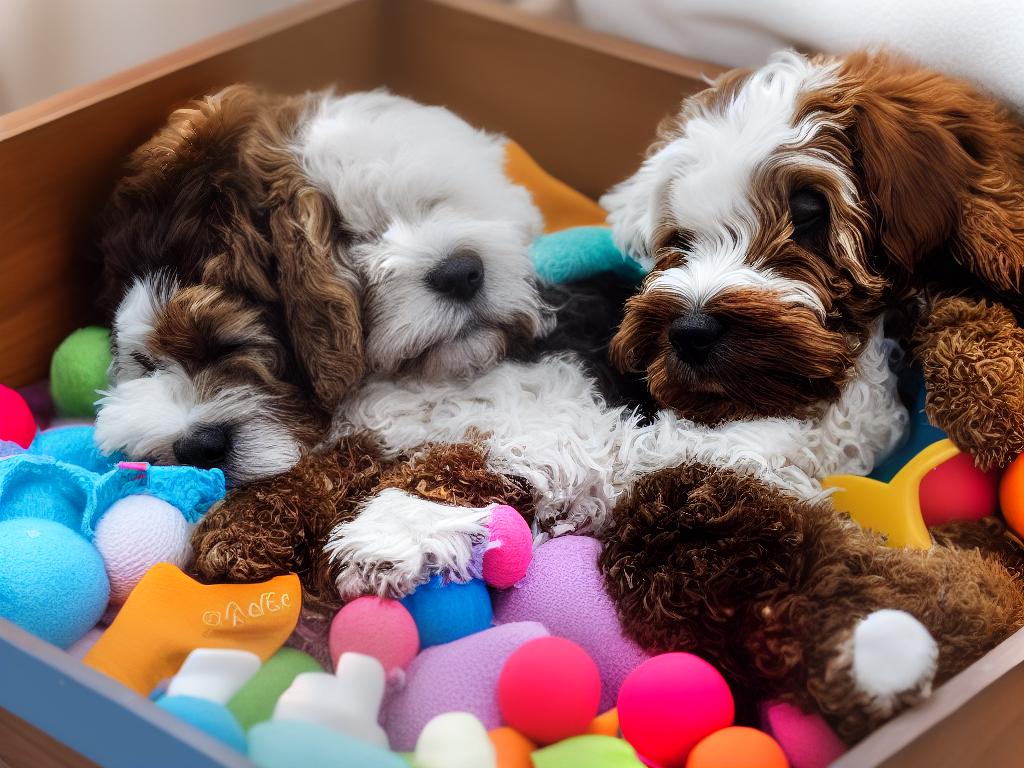
Crate Training Safety Tips
1. Choose the right crate: Picking the correct crate size for your Cockapoo is essential for their comfort and safety. The crate should be big enough for them to stand up, turn around, and lie down comfortably. However, it shouldn’t be too large, as your dog may use one side for sleeping and the other side for eliminating. A crate with a divider is a good option, as it can be adjusted as your Cockapoo grows.2. Proper crate placement: Select a spot in your home for the crate where your Cockapoo can still be a part of the family activities, yet has a quiet space away from high-traffic areas. Avoid placing the crate near direct sunlight, heat vents, or air conditioning units to prevent temperature extremes. 3. Introduce the crate gradually: Don’t force your Cockapoo into the crate, or they may develop negative associations with it. Instead, introduce the crate slowly, using treats, toys, and praise to encourage your dog to enter willingly. Start with short periods of time and gradually increase the duration as your dog becomes more comfortable.4. Add padding and comfort items: Place a comfortable bed, blanket, or towel in the crate to create a cozy environment for your dog. You can also add in one or two familiar toys. However, avoid overcrowding the crate with too many items, which could limit their movement and create a safety risk.5. Ensure the crate is secure: Before closing the crate door, ensure that all latches are fastened securely, so your Cockapoo doesn’t accidentally escape. Always double-check that the crate door is closed properly after placing your dog inside.6. Monitor your Cockapoo: Keeping an eye on your Cockapoo while they are in the crate will help ensure that they are safe and comfortable. If you notice any signs of distress or discomfort, such as excessive panting, whining, or trying to escape, address the issue immediately. Over time, your dog should feel more comfortable and secure in their crate.7. Set a crate schedule: Establish a routine for your Cockapoo’s crating schedule. Consistency is essential for effective crate training and will allow your dog to have a sense of predictability and security. Make sure to allow your Cockapoo time outside of the crate for exercise, play, and socialization.8. Avoid using the crate for punishment: Using the crate as a form of punishment can create negative associations and may lead to your Cockapoo feeling anxious or scared when inside the crate. Instead, use the crate as a safe and secure place for them to retreat to when needed.9. Don’t leave your Cockapoo in the crate for too long: While crate training can be beneficial for creating a safe space for your dog, make sure they’re not spending excessive amounts of time inside. Adult Cockapoos should not be crated for more than 4 to 5 hours at a time, while puppies should have shorter crate times. Prolonged crating can lead to anxiety, boredom, and even health issues.10. Puppy-proof the crate: Before you leave your Cockapoo in the crate unsupervised, make sure you have removed any potential hazards, such as choking hazards or items that could be chewed and ingested. Select toys and bedding that are safe and durable to minimize the risk of injury.
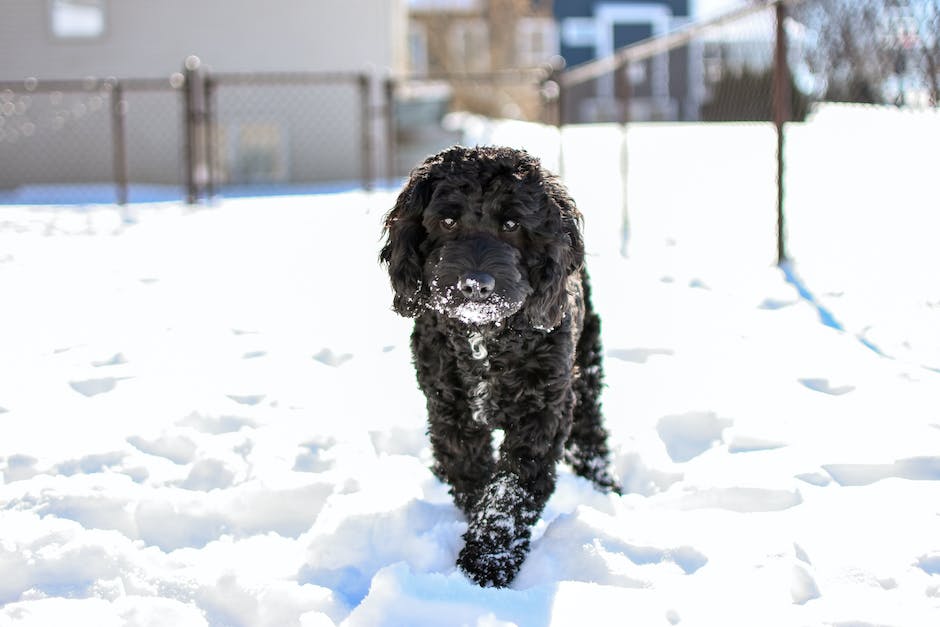
Transitioning Out of the Crate
As your Cockapoo grows older and becomes more comfortable in their environment, it may be time to transition them out of their crate. This process should be gradual and tailored to your dog’s individual needs, but the following steps can help guide you through the process.1. Assess your dog’s readiness: Before you start transitioning your Cockapoo out of the crate, make sure they are ready for this change. Signs that your dog is ready for this transition include being consistently housebroken, not displaying destructive behavior when left alone, and showing signs of being comfortable and relaxed in their environment.2. Begin increasing supervised freedom: Start by allowing your Cockapoo to spend short periods outside of their crate while you are at home. This will help them learn how to behave in a larger space and build their confidence. Gradually increase the time outside the crate while still supervising their activities.3. Introduce a separate “safe space”: Create a designated area in your home where your Cockapoo can feel secure and comfortable when not in their crate. This may be a separate room or a designated space within a larger room. Equip this space with a comfortable bed, toys, and fresh water to make it inviting.4. Begin leaving your dog alone in their safe space: Start by leaving your Cockapoo alone in their safe space for short periods while you are away from home. Monitor their behavior and if they are comfortable and not displaying any signs of anxiety or destructive behavior, gradually increase the amount of time they spend alone in their safe space.5. Gradually decrease crate usage: As your Cockapoo becomes more comfortable in their safe space, begin to use the crate less frequently. You may start by only using the crate for nighttime sleeping or when you will be away from home for an extended period. Over time, you can begin to phase out the crate altogether.6. Monitor your Cockapoo’s progress: Throughout the transition process, continue to monitor your dog’s behavior and adjust the timeline according to their individual needs. Some dogs may need more time to adjust, while others may transition more quickly. Ensure your Cockapoo is comfortable and happy in their environment.7. Practice consistent training and reinforcement: Remember that training and positive reinforcement are key components of helping your Cockapoo adjust to life without a crate. Be consistent in your training methods and continue to reward and praise good behavior.8. Be patient: Transitioning out of a crate can be a slow process, and it is important to be patient with your Cockapoo as they adjust. Give them the time and support they need to feel comfortable and confident in their new environment.By following these steps and understanding your Cockapoo’s individual needs, you can successfully transition them out of the crate and help them adjust to a life without a crate as they grow and become more comfortable in their environment.
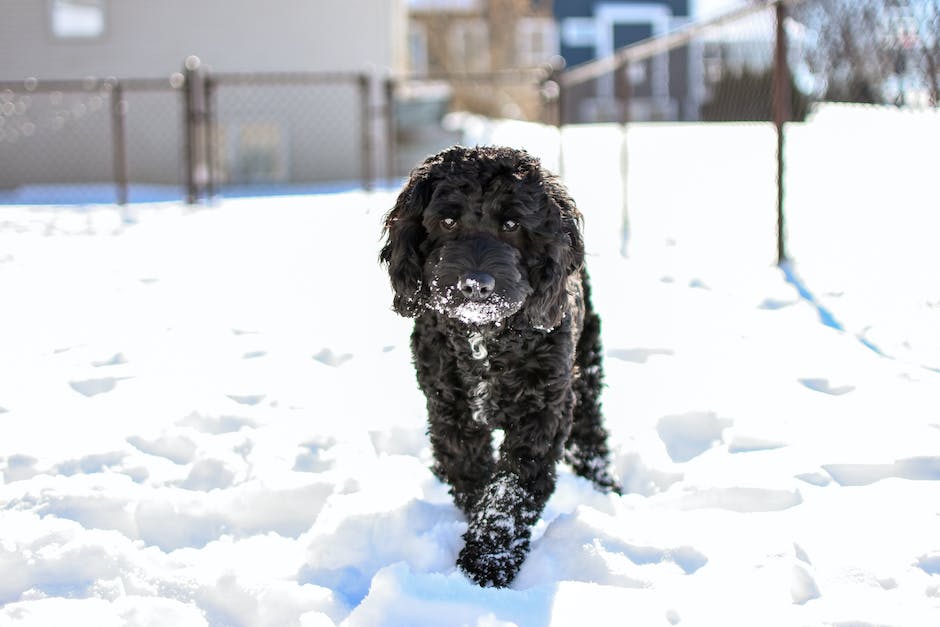
By following the guidance provided in this article, you can make crate training a positive and rewarding experience for your Cockapoo. Developing a consistent schedule, using positive reinforcement, and addressing challenges along the way will help create a strong bond between you and your pet. With time and patience, your Cockapoo will adjust to their crate and eventually transition to a life without one, ensuring a happy and comfortable environment for everyone involved.
